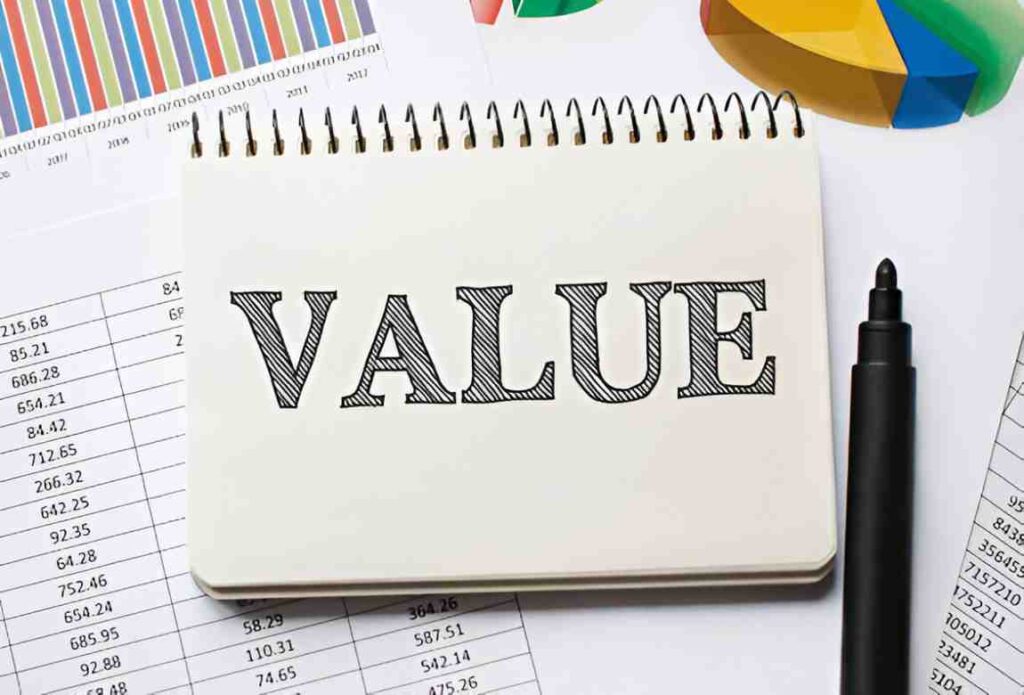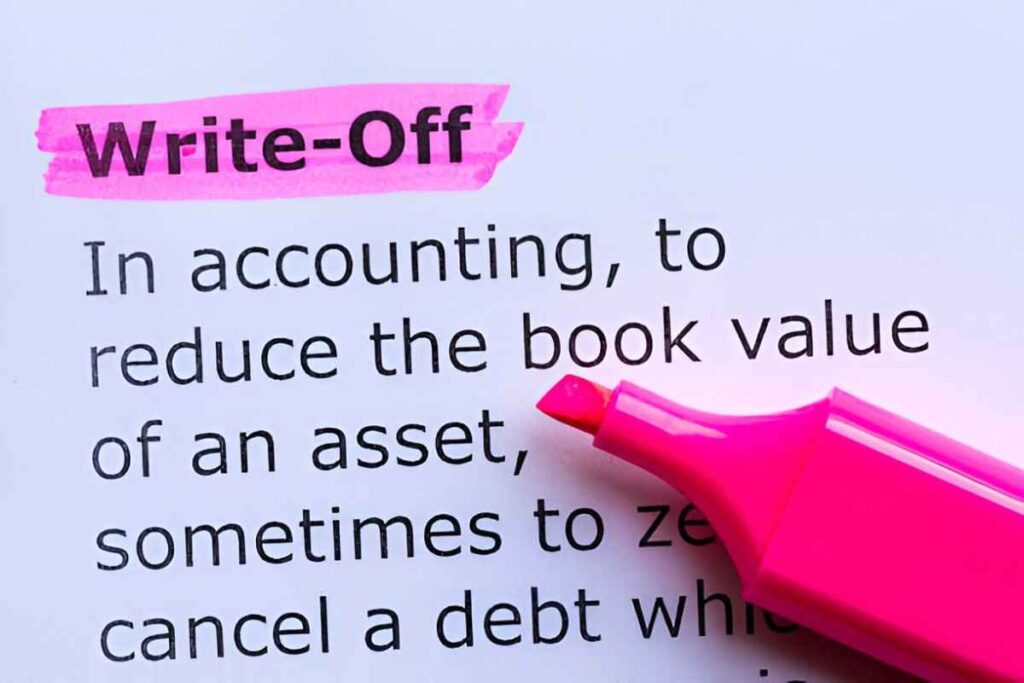As someone who has spent years navigating the intricacies of finance and accounting, I can confidently say that mastering the purchase ledger is one of the most fundamental skills for anyone entering the field. Whether you’re a small business owner, an aspiring accountant, or a finance professional, understanding the purchase ledger is essential for maintaining accurate financial records and ensuring the smooth operation of your business. In this guide, I’ll walk you through everything you need to know about the purchase ledger, from its basic definition to advanced techniques for managing it effectively.
Table of Contents
What Is a Purchase Ledger?
The purchase ledger, also known as the accounts payable ledger, is a subledger that records all the purchases made by a business on credit. It tracks the amounts owed to suppliers and vendors, ensuring that payments are made on time and that financial records are accurate. Think of it as a detailed log of every transaction involving goods or services purchased on credit.
In my experience, the purchase ledger serves as the backbone of a company’s accounts payable process. Without it, businesses would struggle to keep track of their liabilities, leading to potential cash flow issues and strained relationships with suppliers.
Why Is the Purchase Ledger Important?
The purchase ledger plays a critical role in financial management for several reasons:
- Accurate Financial Reporting: It ensures that all credit purchases are recorded, which is essential for preparing accurate financial statements.
- Cash Flow Management: By tracking payables, businesses can plan their cash outflows and avoid liquidity problems.
- Supplier Relationships: Timely payments help maintain good relationships with suppliers, which can lead to better credit terms and discounts.
- Compliance: Properly maintained purchase ledgers are necessary for tax compliance and audits.
How Does the Purchase Ledger Work?
The purchase ledger operates on the principle of double-entry bookkeeping. For every transaction, there are two entries: a debit and a credit. Let’s break this down with an example.
Suppose my business purchases $1,000 worth of office supplies on credit from Supplier A. The journal entry would look like this:
\text{Office Supplies (Debit)} = \$1,000 \text{Accounts Payable (Credit)} = \$1,000This entry increases both the office supplies account (an asset) and the accounts payable account (a liability). The purchase ledger would then record the details of this transaction, including the supplier’s name, invoice number, date, and amount.
Key Components of a Purchase Ledger
A well-maintained purchase ledger includes the following components:
- Supplier Details: Name, address, and contact information of each supplier.
- Invoice Information: Invoice number, date, and due date.
- Transaction Details: Description of goods or services purchased, quantity, and unit price.
- Amounts: Total amount owed, including taxes and discounts.
- Payment Status: Whether the invoice has been paid, partially paid, or is outstanding.
Setting Up a Purchase Ledger
When I first set up a purchase ledger for a small business, I followed these steps:
- Choose a System: Decide whether to use manual ledgers, spreadsheets, or accounting software. For most businesses, accounting software like QuickBooks or Xero is the best option due to its automation and accuracy.
- Create Supplier Accounts: Set up individual accounts for each supplier in the ledger.
- Record Transactions: Enter all credit purchases into the ledger as they occur.
- Reconcile Regularly: Match the ledger entries with bank statements and supplier invoices to ensure accuracy.
Recording Transactions in the Purchase Ledger
Let’s dive deeper into how transactions are recorded. Suppose my business makes the following purchases in a month:
- January 5: $1,000 office supplies from Supplier A.
- January 10: $2,500 raw materials from Supplier B.
- January 15: $500 utilities from Supplier C.
The purchase ledger would look like this:
| Date | Supplier | Invoice Number | Description | Amount ($) | Payment Status |
|---|---|---|---|---|---|
| 01/05/2023 | Supplier A | INV-001 | Office Supplies | 1,000 | Outstanding |
| 01/10/2023 | Supplier B | INV-002 | Raw Materials | 2,500 | Outstanding |
| 01/15/2023 | Supplier C | INV-003 | Utilities | 500 | Outstanding |
As payments are made, the ledger is updated to reflect the payment status. For example, if I pay Supplier A on January 20, the ledger would show:
| Date | Supplier | Invoice Number | Description | Amount ($) | Payment Status |
|---|---|---|---|---|---|
| 01/05/2023 | Supplier A | INV-001 | Office Supplies | 1,000 | Paid |
Calculating Accounts Payable
The total accounts payable can be calculated by summing up all outstanding amounts in the purchase ledger. Using the example above, the total accounts payable as of January 15 would be:
\text{Total Accounts Payable} = \$1,000 + \$2,500 + \$500 = \$4,000This figure is crucial for financial reporting and cash flow planning.
Managing Discounts and Taxes
Many suppliers offer discounts for early payment. For example, Supplier B might offer a 2% discount if the invoice is paid within 10 days. If I pay the $2,500 invoice on January 12, the payment would be:
\text{Discount} = \$2,500 \times 0.02 = \$50 \text{Payment} = \$2,500 - \$50 = \$2,450This discount is recorded in the purchase ledger as a reduction in the amount owed.
Taxes, such as sales tax, must also be accounted for. If the $1,000 office supplies purchase includes a 7% sales tax, the total amount owed would be:
\text{Sales Tax} = \$1,000 \times 0.07 = \$70 \text{Total Amount} = \$1,000 + \$70 = \$1,070Reconciling the Purchase Ledger
Reconciliation is the process of matching the purchase ledger with bank statements and supplier invoices to ensure accuracy. I recommend reconciling the ledger at least once a month. Here’s how I do it:
- Compare Ledger Entries with Bank Statements: Ensure all payments recorded in the ledger match the bank transactions.
- Verify Supplier Invoices: Check that the amounts and details in the ledger match the supplier invoices.
- Investigate Discrepancies: Resolve any discrepancies by contacting the supplier or reviewing transaction records.
Common Challenges and Solutions
Managing a purchase ledger can be challenging, especially for beginners. Here are some common issues I’ve encountered and how to address them:
- Data Entry Errors: Mistakes in recording transactions can lead to inaccurate financial statements. To minimize errors, I use accounting software with built-in validation checks.
- Late Payments: Missing payment deadlines can result in penalties and strained supplier relationships. I set up reminders and automate payments whenever possible.
- Duplicate Invoices: Paying the same invoice twice can hurt cash flow. I implement a system to flag duplicate invoices before processing payments.
Advanced Techniques for Purchase Ledger Management
Once you’ve mastered the basics, you can explore advanced techniques to optimize your purchase ledger management:
- Aging Reports: These reports categorize payables by their due dates, helping you prioritize payments and manage cash flow.
- Supplier Analysis: Analyze supplier performance, including delivery times and payment terms, to identify opportunities for cost savings.
- Integration with Other Systems: Integrate the purchase ledger with inventory management and procurement systems for seamless data flow.
The Role of Technology in Purchase Ledger Management
In today’s digital age, technology plays a crucial role in streamlining purchase ledger management. Accounting software like QuickBooks, Xero, and FreshBooks automates many tasks, reducing the risk of errors and saving time. These tools also provide real-time insights into your financial position, enabling better decision-making.
Conclusion
Mastering the purchase ledger is a vital skill for anyone involved in finance and accounting. By understanding its components, recording transactions accurately, and leveraging technology, you can ensure that your business maintains accurate financial records and strong supplier relationships. Whether you’re just starting out or looking to refine your skills, I hope this guide has provided you with the knowledge and confidence to take control of your purchase ledger.





